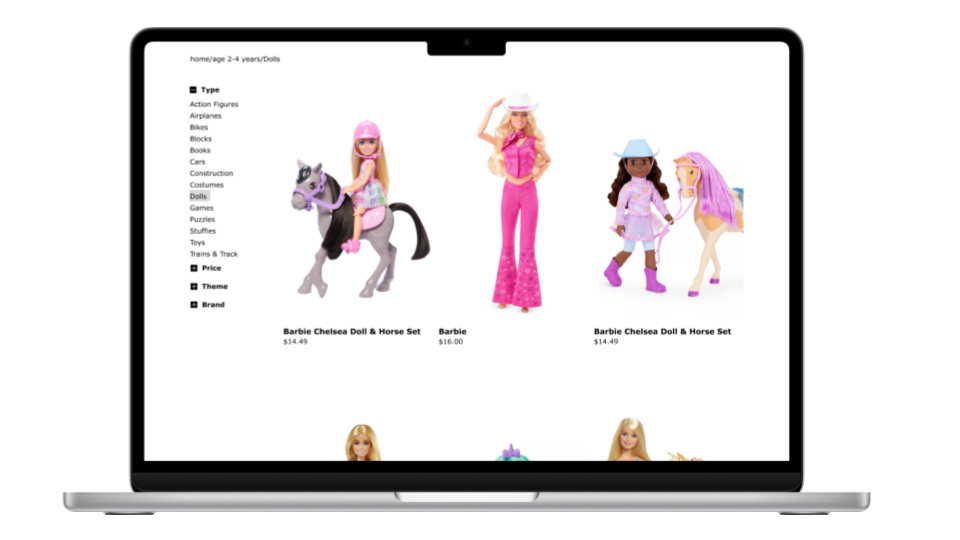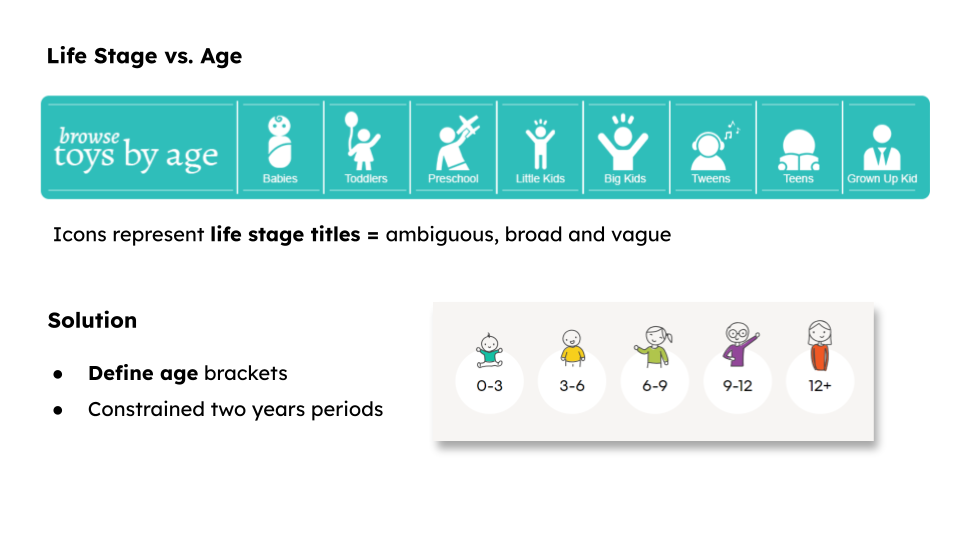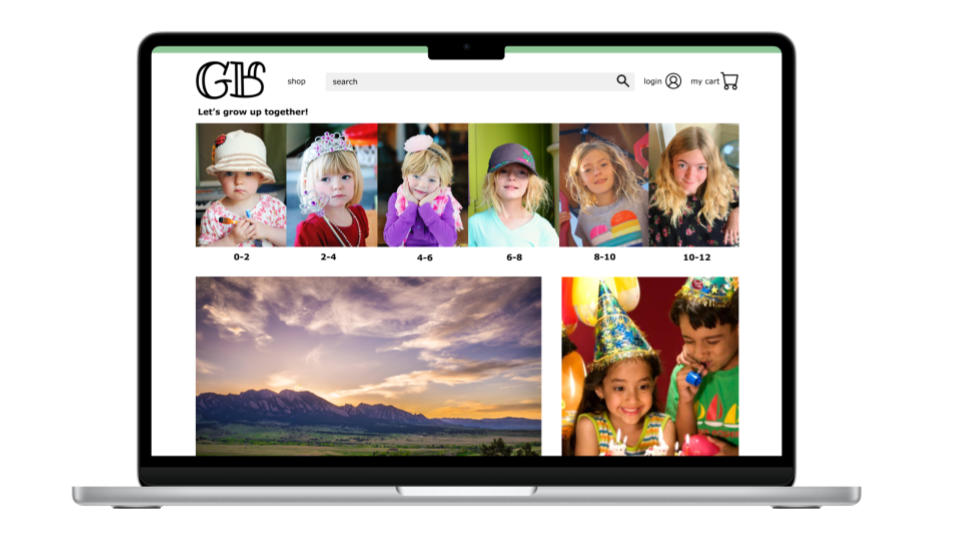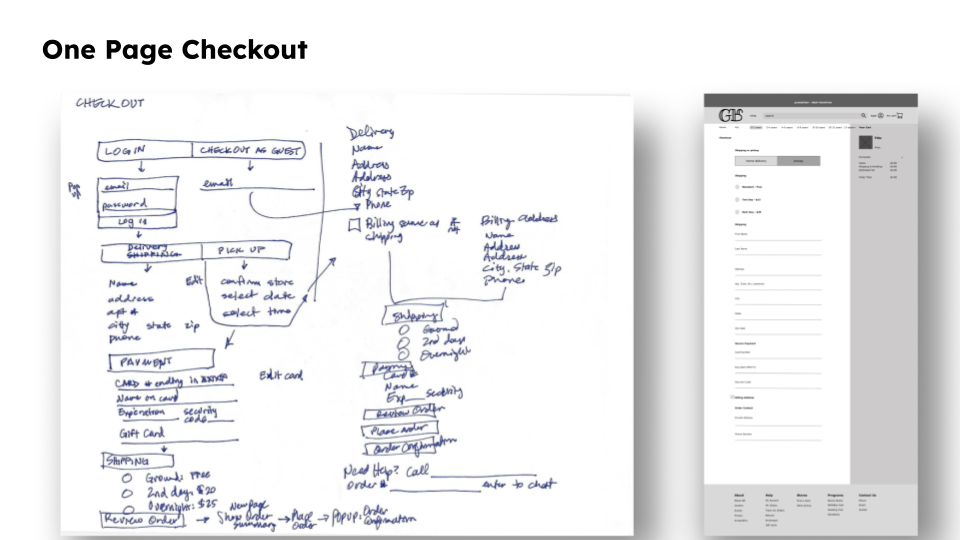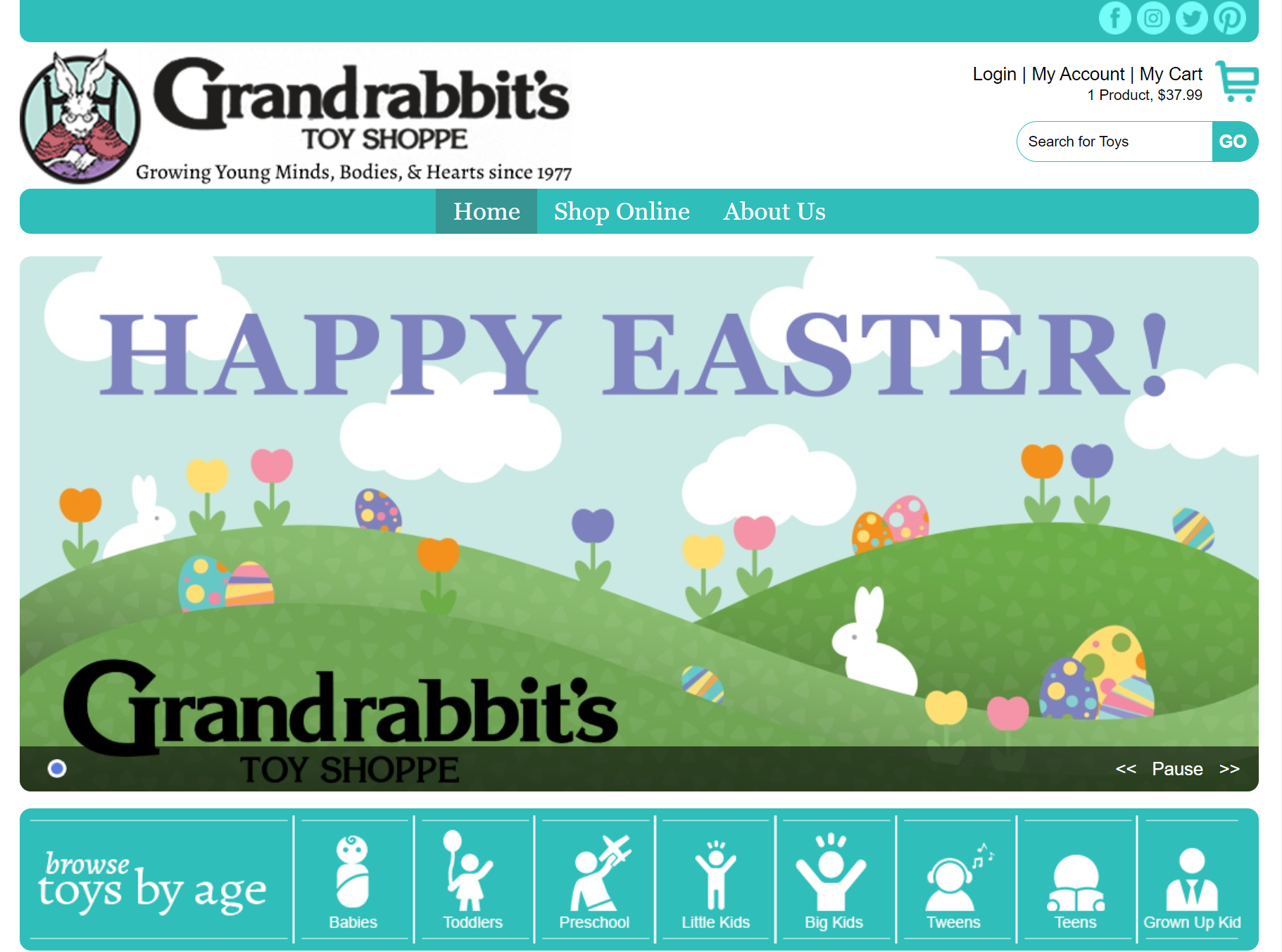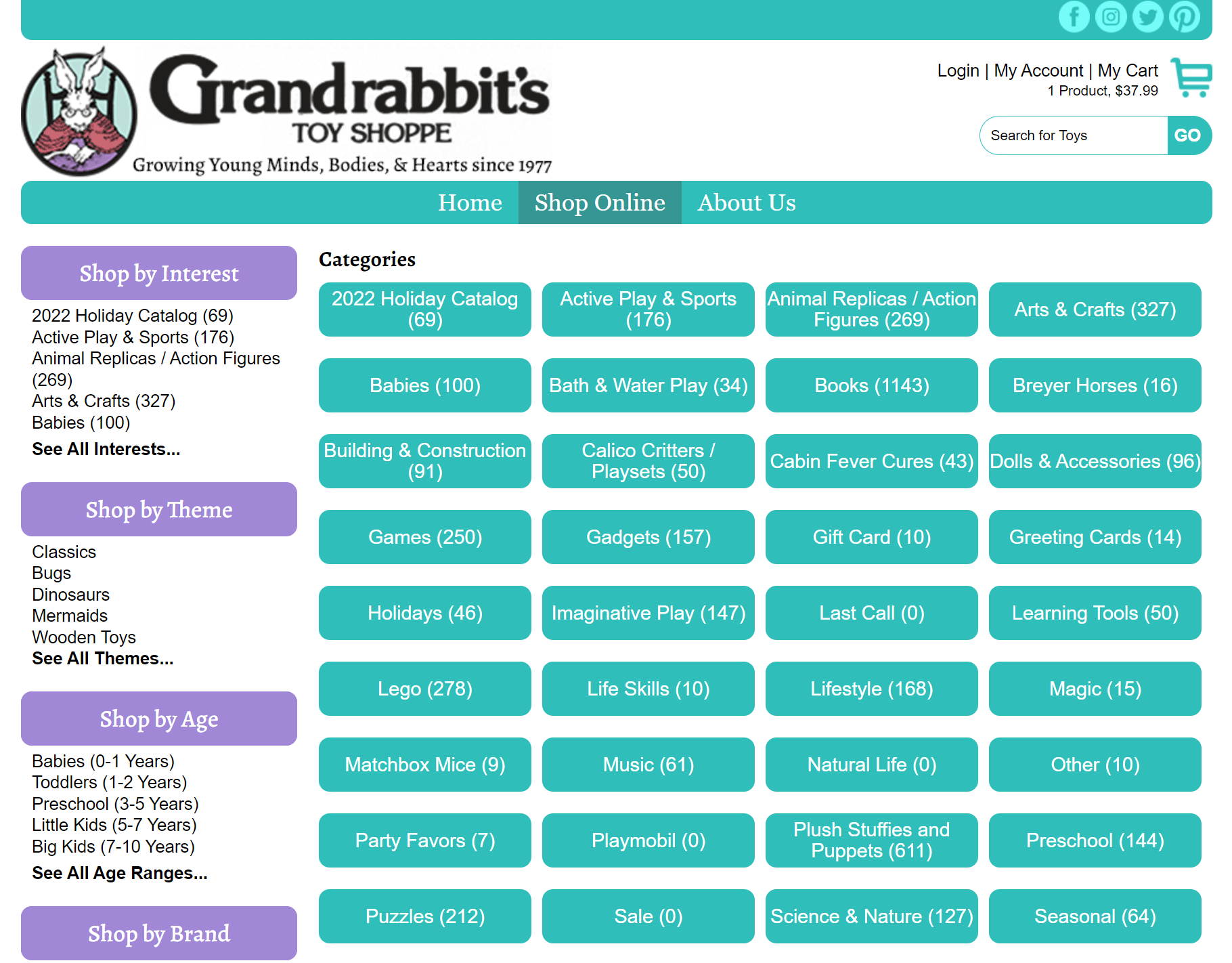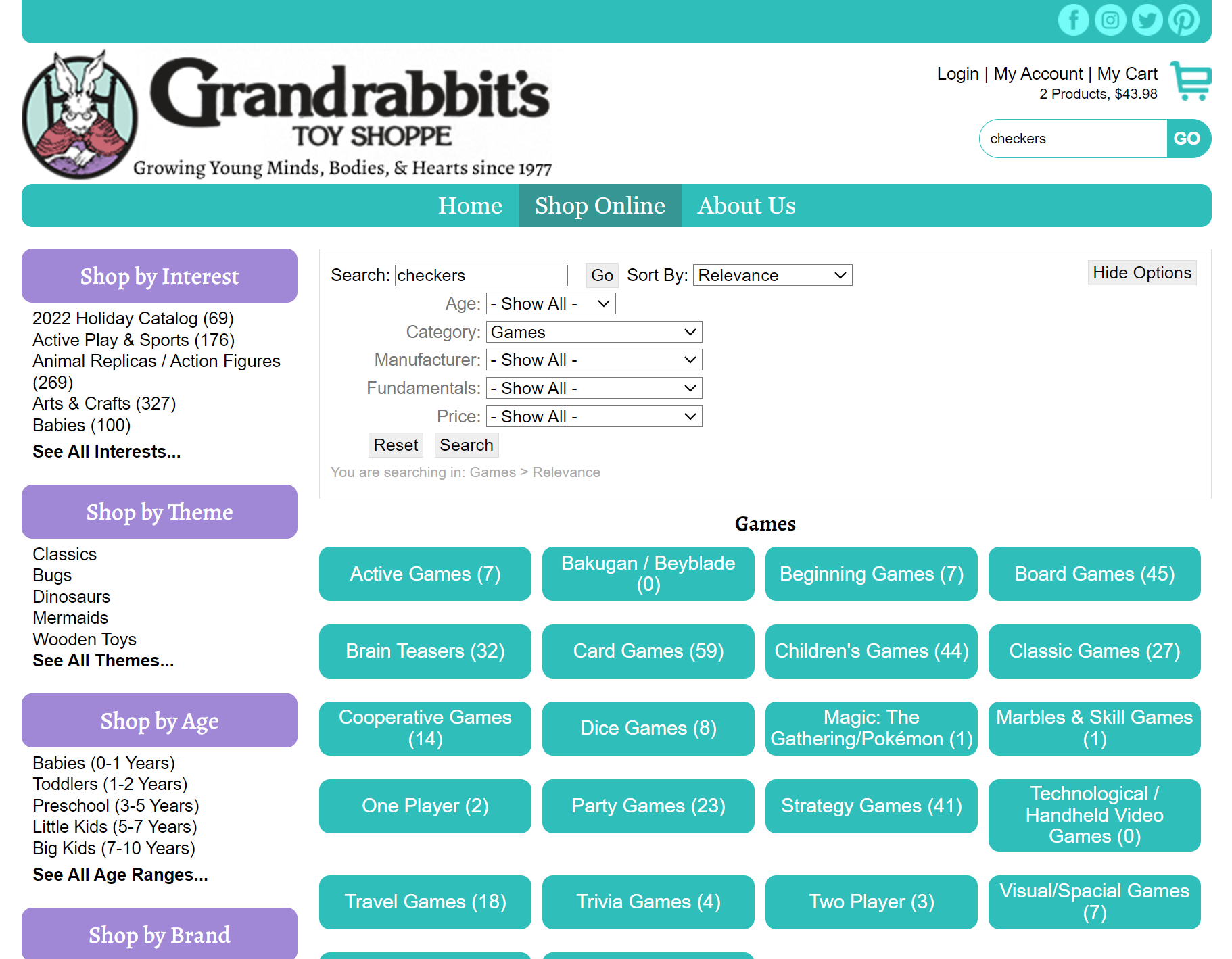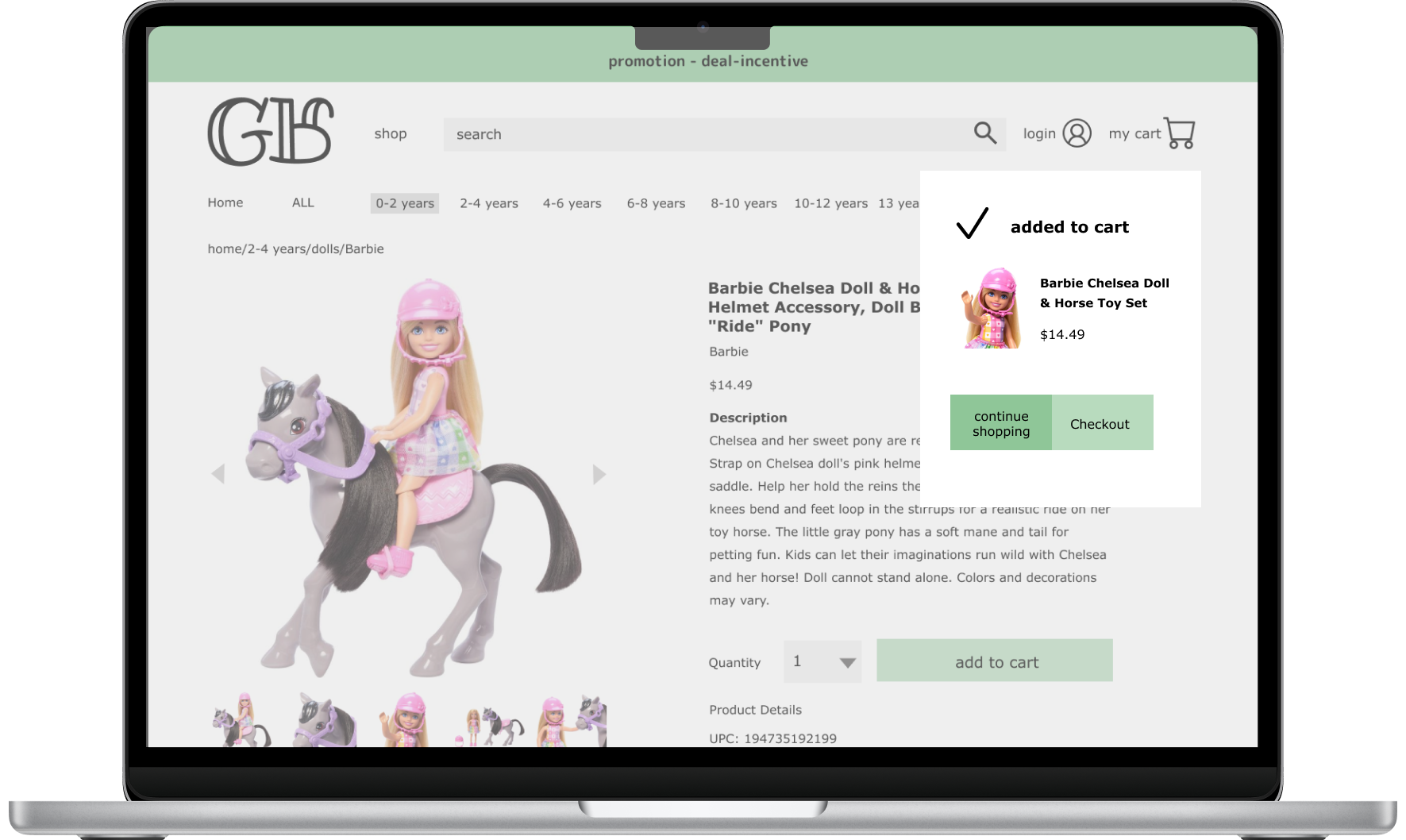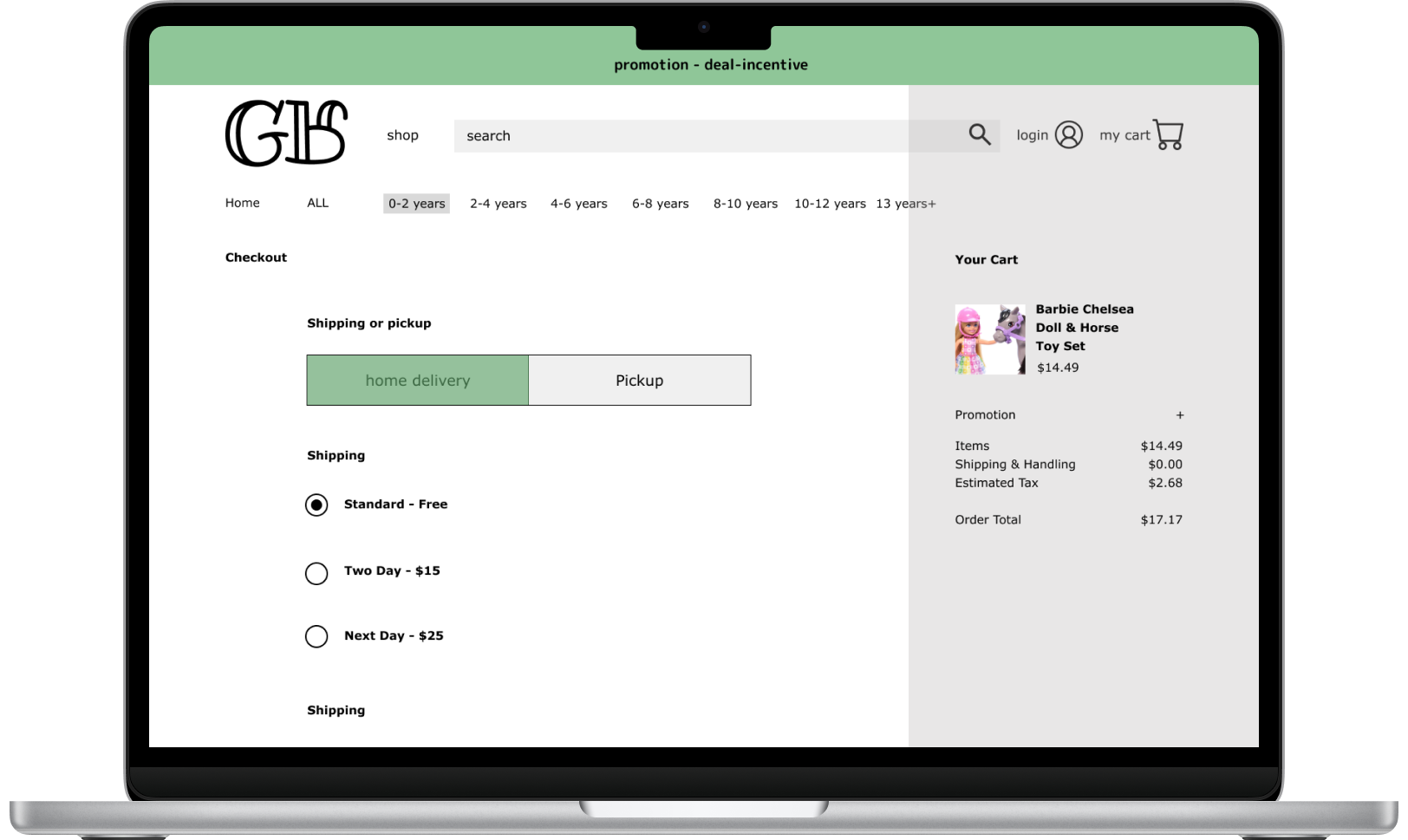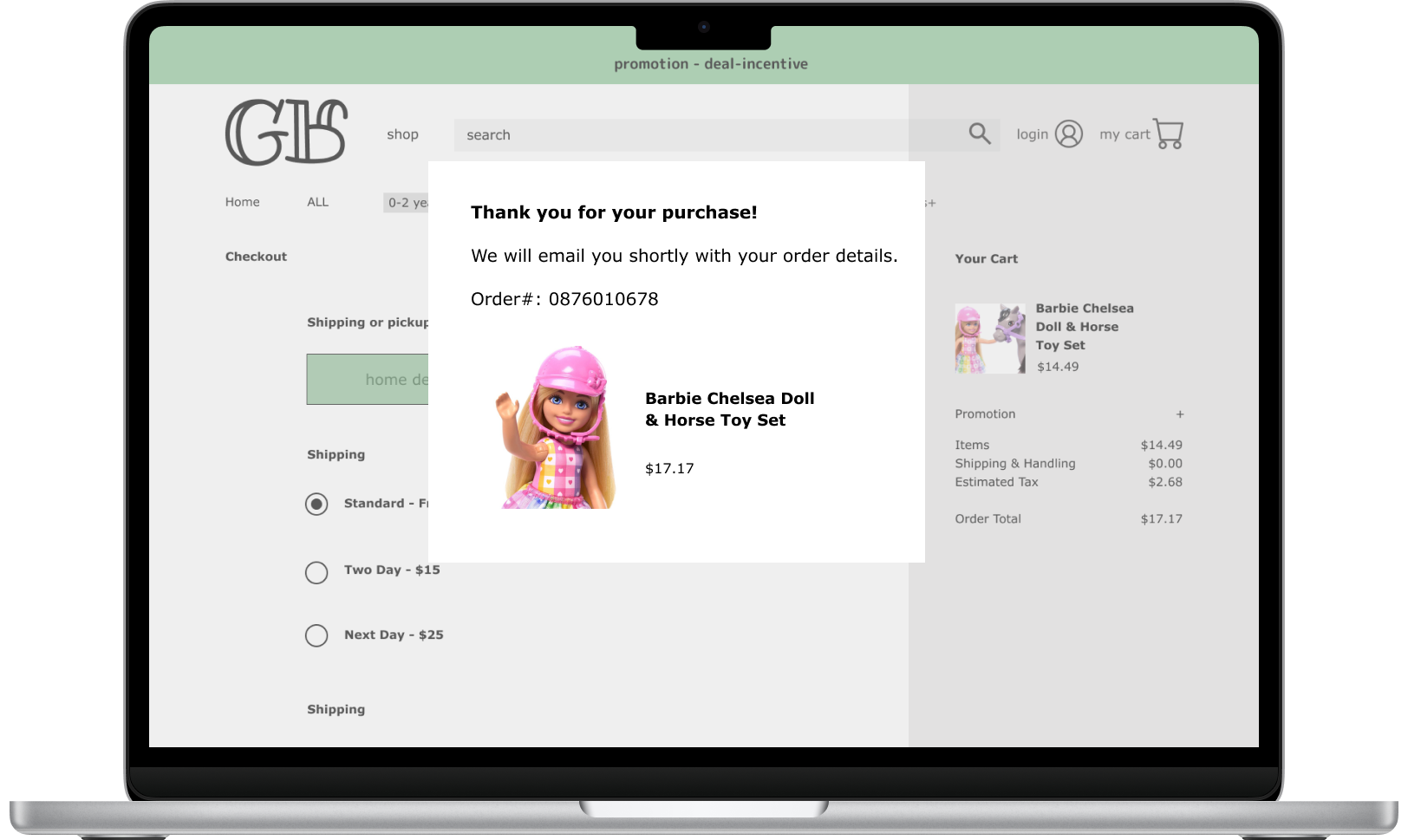
Grandrabbit’s Toy Shoppe
Role: UX Designer
Date: March 2024
Duration: Three-Week Sprint
Location: General Assembly UX Intensive
Student Project: E-commerce Redesign
Small Business: Surviving in an Amazon World
Established in 1977, Grandrabbit’s Toy Shoppe is a beloved staple in Boulder, Colorado. Mid-tenure, the internet was born, and e-commerce took the world by storm and joined the e-commerce arena. Amazon.com fine-tuned the art of online shopping, resulting in lower prices and fast delivery. GRtoys.com today appears dated and limps along functionally. To remain relevant, the store’s e-comm site must be redesigned.
The Customer Problem
The research revealed the target customer is a middle-aged, working mom from an affluent community who values convenience, time, and supporting local businesses. Their main complaints are the site’s appearance, navigation, and checkout process.
Technology has allowed us to do more in less time. Every waking hour of modern life is scheduled in the name of productivity. The result is a relentless quest to find balance. Emilie finds online shopping gives her more time.
Heuristics
The main challenge users experienced on Grandrabbit’s current website was related to navigation. After seven attempts to find toddler toys, one user proclaimed, “this website is stupid.” There are many reasonable categories to search for toys: interest, child’s age, brands, theme and price.
Define and Design
Three themes emerged begging for improvement: appearance, categorization of items, and the difficulty of checkout. The navigation and search capability frustrated Emilie so much that she abandoned the website. The path of least resistance is found on www.target.com.
Navigation
The main challenge users experienced on www.grtoys.com was related to navigation. After seven attempts to find toddler toys, one user proclaimed, “This website is stupid.” There are many logical and reasonable ways to search for toys: Type. Age. Brand. Price. Interest. Theme. Grandrabbit’s current search funvtion is unpredictable resulting in frustrated users.
Although Grandrabbit’s icons are cute, life stage titles are ambiguous. Ages associated with these life stages can vary based on the individual shopper. To one shopper, a baby may be 0-2 years old. To another shopper, a toddler may be 1-3 years old. To yet another shopper, a little kid may be 3-8 years old.
Our research demonstrated that confining the search method to age or all toys will help users find what they are looking for. To narrow a search, shoppers can select from categories found in filters on the selected age-range page. Categories would include price, type, interest, brand and sale. See the image below to see filters.
Shopping by age or life stage must be defined and “exact” to conduct an effective toy search. Clear guardrails: define age brackets constrained to two-year periods instead of life stages.
With the top-level navigation categories chosen, I considered how to refine the navigation further. I paused to think of my favorite e-commerce websites. Where do I find what I want quickly and without friction? I immediately pulled up www.anthropologie.com. This women’s clothing and home store boasts unique, fun and fashionable finds that are beautifully depicted. The photos are large and the backgrounds are universal. The website is easily navigated with broad top-level navigation categories with several levels within to refine a search. I think this will work well for Grandrabbitt’s:. Within each age range, the user can refine their search with subcategories: Type, price, theme and brand. Under these subcategories, users could again refine further. The image below depicts the wireframe for this navigation plan.
Appearance
The images above and below both depict a clean, refined design. Upon opening www.grtoys.com, users will be greeted by bright, sharp photos of products. The current website lacks a minimalistic design; when users search, they are overwhelmed by many category buttons instead of products. Here, the user starts the journey down the category-button-rabbit-hole. Particularly, this seven-click journey evoked one user to say “This website is stupid!'“ and give up. The new navigation aims to improve the efficiency and learnability of the website.
Our persona Emilie was shopping for her daughter’s fourth birthday. Her little one loves horses and Barbies. Using the new navigation, Emilie clicks on “2-4 years olds”, then “type” and “dolls.” If this search does not yield what she is looking for she can use the overall search function at the top of each page. The top goal is to get Emilie what she wants with the least amount of friction, to keep her shopping and purchasing on www.grtoys.com. The revamped website will result in pleasurable shopping experience and create loyal, return customers.
Checkout
Grandrabbit’s checkout method is tedious with opening and collapsing sections: shipping, billing and payment information. Each section required users to save their information before being able to move on to the next section. From user interview research, users revealed they want to check out on one page with all sections open. This option is finetuned on www.amazon.com. I asked users if they had experienced a satisfying online checkout process. One user shared she liked Holister.com. She went as far as to say that she felt like she was shopping in person.
I visited www.hollister.com and agreed that the easy, straightforward flow streamlined the checkout process. The flow inspired a new design to simplify and speed up checkout.
Delivery
Usability
I asked my nephew if he would participate in a usability study for my Grandrabbit’s prototype. He is a bright teenager and I appreciate his direct feedback. When reflecting on the home page, he asked “Is this a blog?” To depict the top-level navigation (age brackets), I used images of one child throughout her adolescence to represent a long-term relationship between Grandrabbit’s and its customers. However, without prompting from a heading promoting the word “shop”, this user thought images were decorative instead of the click to get to age-bracketed sections.
He shared that he thought it was a blog because of the images used. They represent Grandrabbit’s community outreach programs. Because he did not see prices or toy pictures, he did not know it was an e-commerce site. This was a great reminder that the prime real estate of a website’s home page better communicates its business purpose. The hero image needed to be toy-related with verbiage promoting the Grandrabbit’s product and message.
Reflections
As little girls, my sister and I played with our Barbie Village for countless hours. It was an equestrian farm where a family and their many Brier horses lived. As young equestrians, we played that our Skipper dolls were training their horses and competing in horseshows. This play expanded our imaginations and overflowed into real life.
This project evoked nostalgia in me. I remembered the toys that made my childhood magic. To understand Grandrabbit’s, I studied history from its origin to the present. Carter was running for president and Space Mountain was born in the year of its origin. I researched the toys popular in the 70’s, 80’s and 90’s as they would have been the toys our target customers in their youth. These toys inspired the design of my pitch deck and I had way too much fun.
I also sought to invoke the stakeholders’ nostalgia. By drawing on their memories and the treasures of their youth, I hope to provoke curiosity and keep their attention. Barbie played the role of Lynne, Foundress and champion of play, quality and outreach. From 1977 Barbie to the Modern boss Barbie, the doll has retained the leading role just as Lynne has.
The rapidly evolving business environment waits for no one and entrepreneurs must make wise decisions quickly. They cannot afford to take their time nor can they ignore shifts in consumer behavior. I fear without an updated, more sophisticated e-commerce website, Grandrabbit’s cannot survive in this “Amazon world”. However, nestled in small business-loving Boulder, it has a chance if it gets on board technologically.
I am rooting for this hometown treasure. Amidst our busy lives, our best memories are connected to places and people. After almost 50 years in business, I am unsure of Lynne’s succession plan. I hope she plans to continue the business so the next generation will build Grandrabbit’s memories too.


